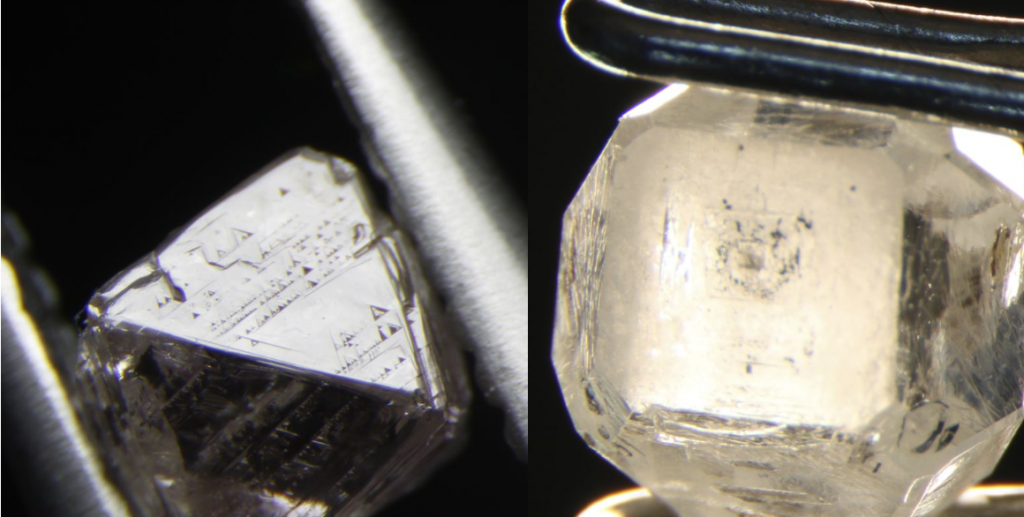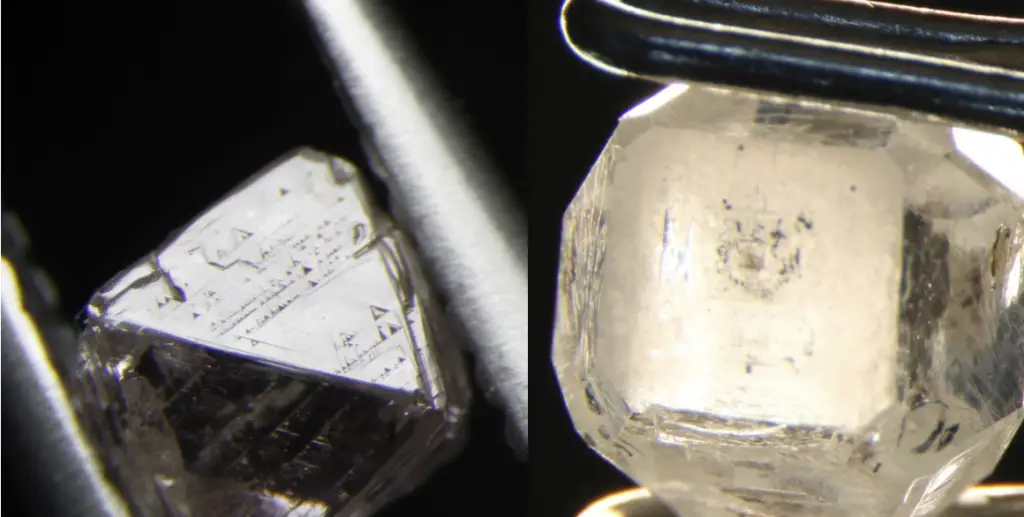Selecting an optical Germanium (Ge) crystal for specific applications involves considering several key parameters and characteristics to ensure optimal performance and efficiency. Here’s a comprehensive guide to help you choose the right Germanium crystal for optical applications, particularly for infrared (IR) optics where Germanium is most commonly used.

Understanding Germanium Crystal Properties
Germanium crystals are favored in optical applications due to their high refractive index and excellent transparency in the infrared spectrum. Here are the essential properties to consider:
- Transmission Range:
- Germanium has good transmission in the mid-infrared spectrum from about 2 µm to approximately 14 µm, making it ideal for IR applications.
- Refractive Index:
- Germanium has a high refractive index (around 4.0 at 11 µm), which is beneficial for designing systems with minimal optical elements.
- Density and Hardness:
- Germanium is relatively dense (5.323 g/cm³) and hard, but it is also brittle, which could impact handling and machining.
- Thermal Conductivity:
- It has moderate thermal conductivity, which needs to be considered in environments where the crystal might be subjected to varying temperatures.
- Absorption Coefficient:
- Low at IR wavelengths but increases with temperature, affecting the performance in high-temperature applications.
Application Considerations
When choosing a Germanium crystal, think about the specific requirements of your application:
- Infrared Optics:
- Lenses and Windows: Ideal for use in IR cameras, thermal imaging systems, and military night vision systems.
- Consider the operating temperature as Germanium’s transmission decreases at higher temperatures.
- Spectroscopy:
- Germanium windows and prisms can be used in IR spectroscopy equipment. Ensure the crystal’s spectral range aligns with your application’s requirements.
- Laser Systems:
- For CO2 laser systems, Germanium lenses and mirrors are used because of their ability to withstand high-energy IR radiation.
Quality and Specifications
To ensure you receive a high-quality Germanium crystal suited to your needs, verify the following specifications:
- Purity:
- Optical grade Germanium should be of high purity to minimize scattering and absorption of IR light.
- Surface Quality:
- Surface finish is critical in optical applications to minimize scattering. Look for specifications like 60/40 or 40/20 scratch/dig for lenses and windows.
- Surface Flatness:
- High precision applications may require surface flatness measured in wavelengths (e.g., λ/10) at the operational wavelength.
- Coatings:
- Anti-reflective (AR) coatings are often necessary to enhance transmission and reduce losses due to reflection. Select coatings based on your specific wavelength needs.
Supplier Considerations
- Experience: Choose a supplier with expertise in manufacturing and providing Germanium optics.
- Customization: Ensure they can provide custom sizes and shapes, as well as appropriate coatings.
- Reputation: Look for testimonials or case studies demonstrating successful applications similar to yours.
Final Checks
- Verify Compatibility: Ensure that the selected Germanium crystal meets all the environmental, mechanical, and optical requirements of your system.
- Budget: While Germanium is more expensive than some other IR materials, ensure that the choice is budget-appropriate while meeting technical needs.
- Procurement Lead Times: High-quality or custom Germanium components may have longer lead times.
By considering these factors, you can select the most appropriate Germanium crystal for your optical applications, ensuring performance and reliability in your systems.

